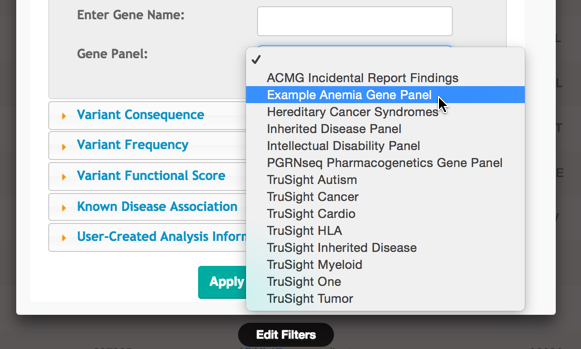Every person on the planet has somewhere between 3 to 4 million variants in their genome. These variants are responsible for the large range of diversity that we see in human beings. Some variants have very little impact on the way that an individual lives her life, while other variants can cause serious disease conditions.
By using genome-sequencing technology, scientists and medical professionals are able to see what variants an individual has in his genome. This information can be used to prescribe preventative care options, provide more targeted treatments, and diagnose disease conditions that were previously impossible to diagnose.
What makes genome sequencing in a clinical setting challenging is that every case is so different with regard to the information that clinical professionals have access to when they are trying to make a diagnosis. Having information about a patient’s phenotype, as well as access to the genomic data of the patient’s family can be very helpful when making a diagnosis. In reality, clinical providers often have only one of these components, which is why the Tute Genomics platform offers analysis tools to suit either situation. Take for example the following two cases:
Case 1: Clinical providers have access to the patient’s genomic data as well as information about the patient’s phenotype. No genetic data from the patient’s family is available.
Case 2: Clinical providers have access to the patient’s genomic data but not information about the patient’s phenotype. Genetic data from the patient’s family is available.
Each of these situations requires a different approach to analyzing the available genomic data. Case 1 requires a Single Analysis method, whereas Case 2 requires a Family-Based Analysis approach.
The following tutorial walks you through each of these different analysis methods using the Tute Genomics platform on a clinical case with inherited hemolytic anemia. Follow along with this tutorial to see how each of these methods could be used to find the causative variant for this patient.

